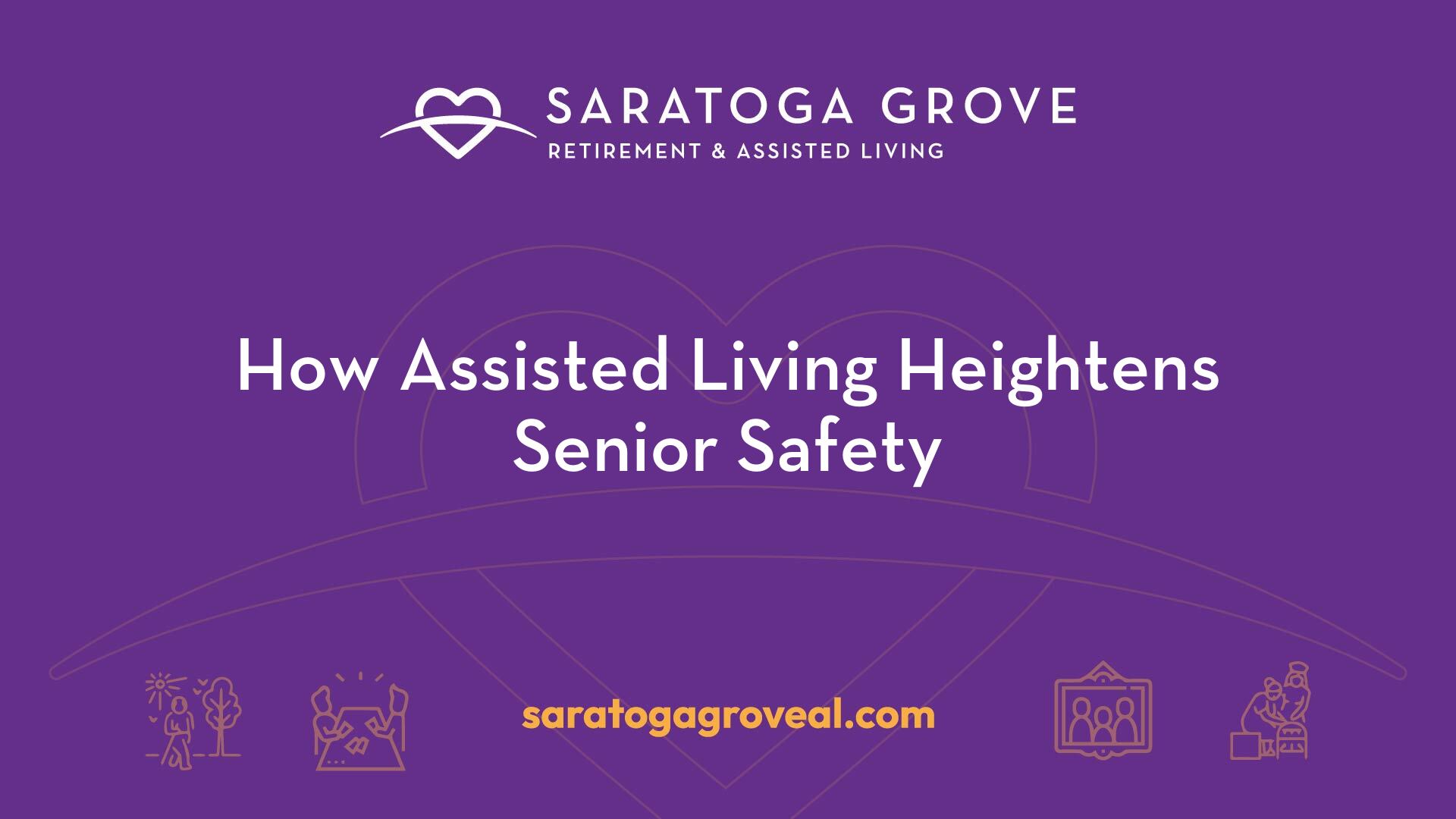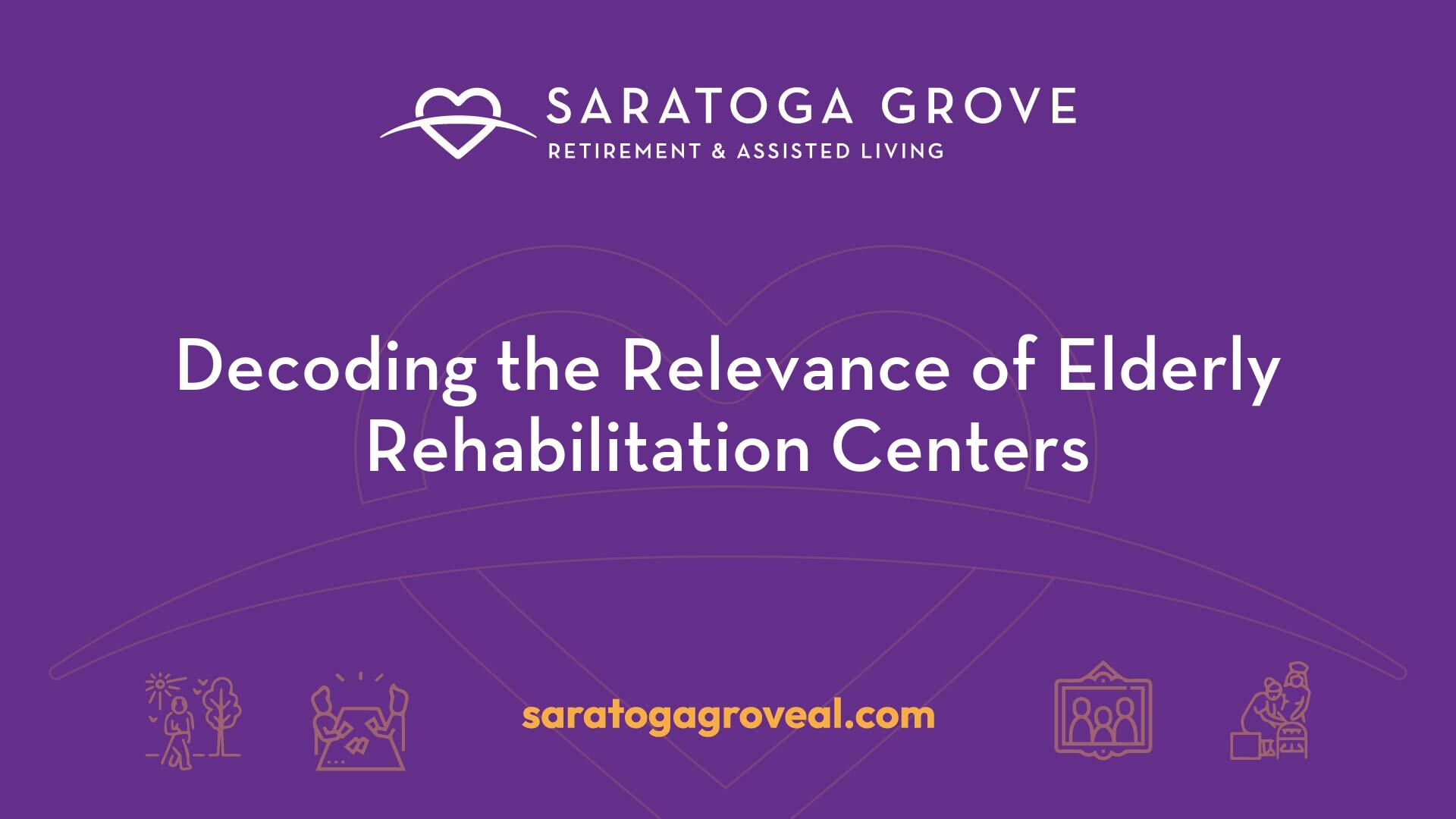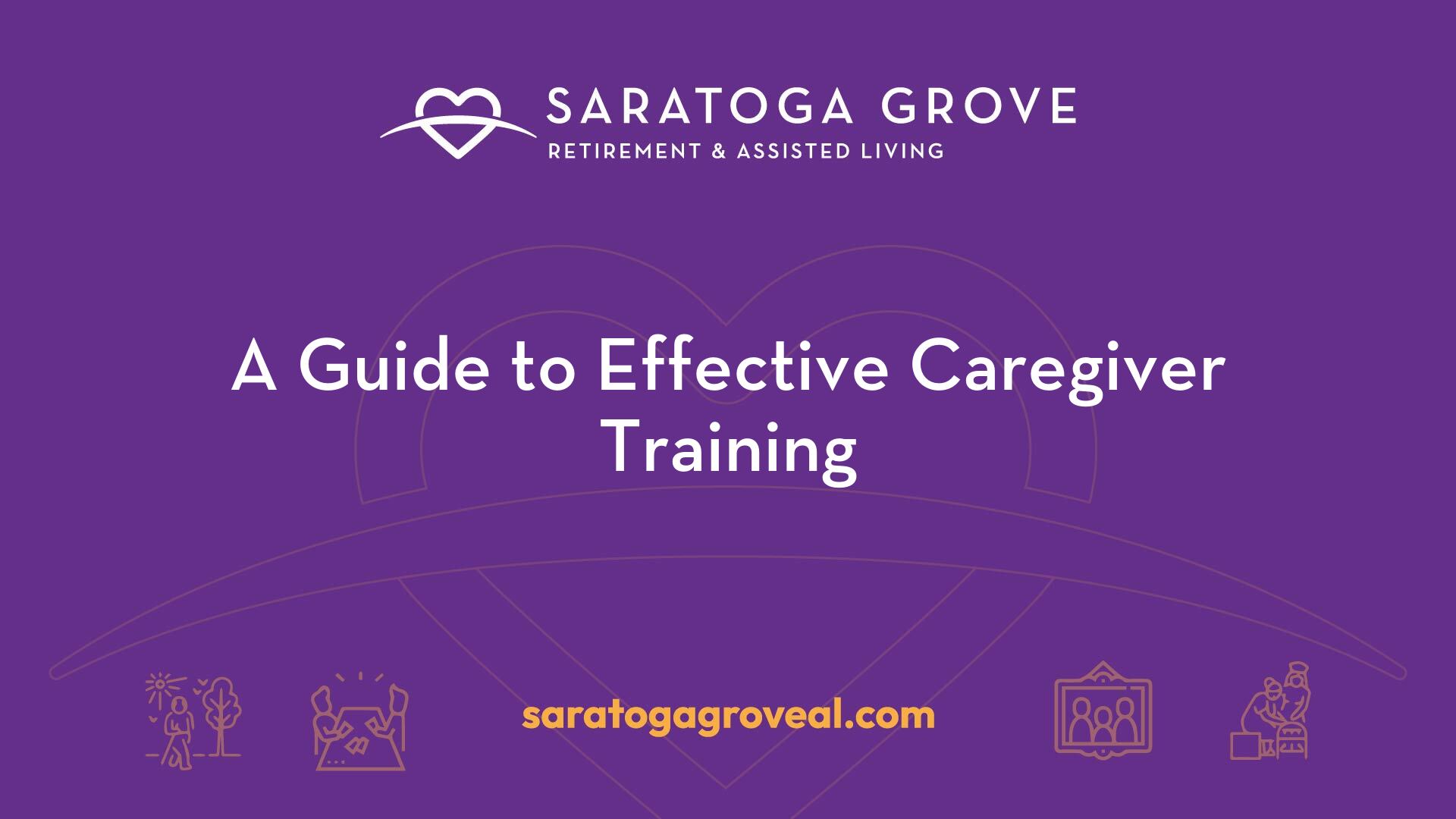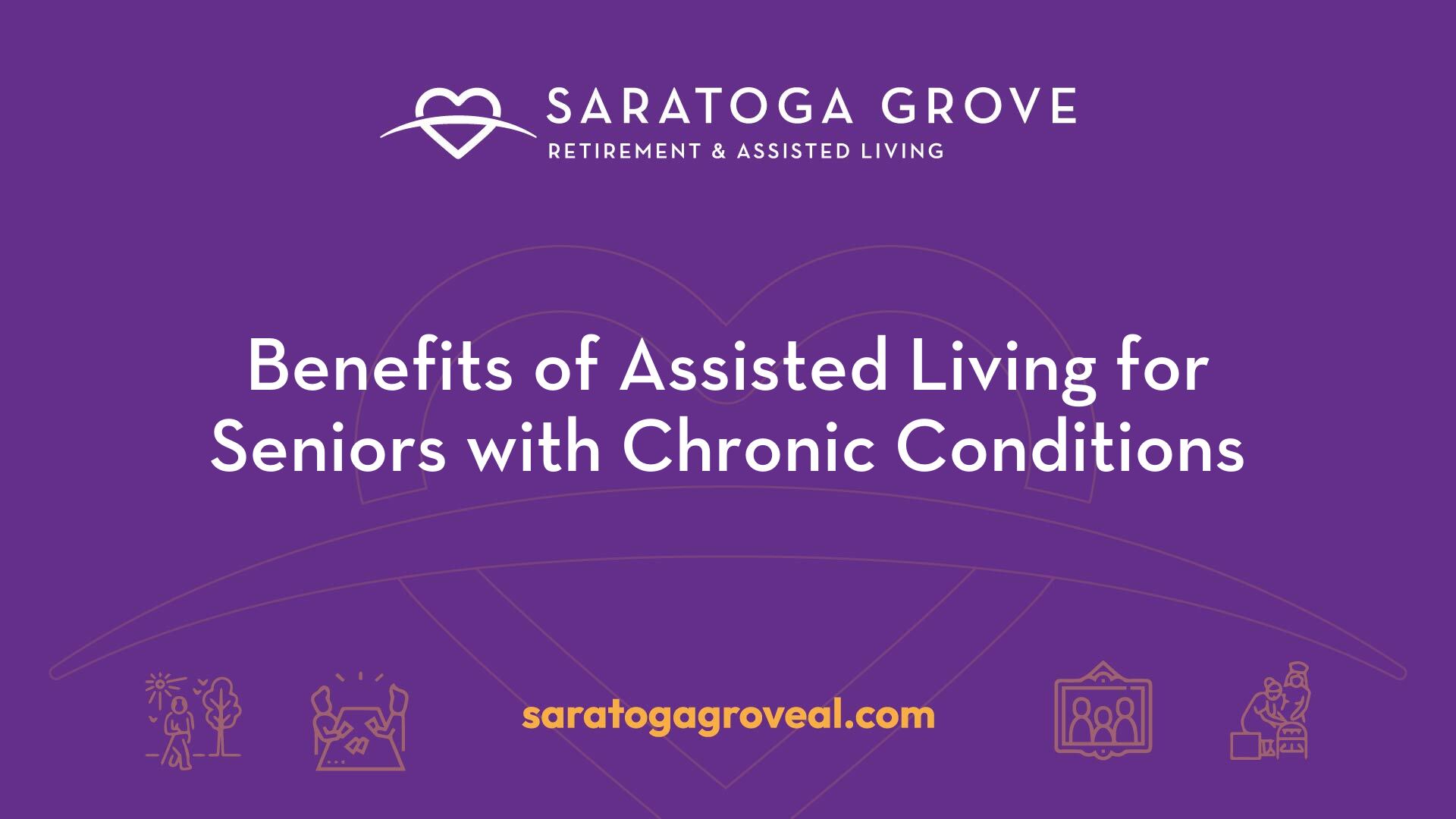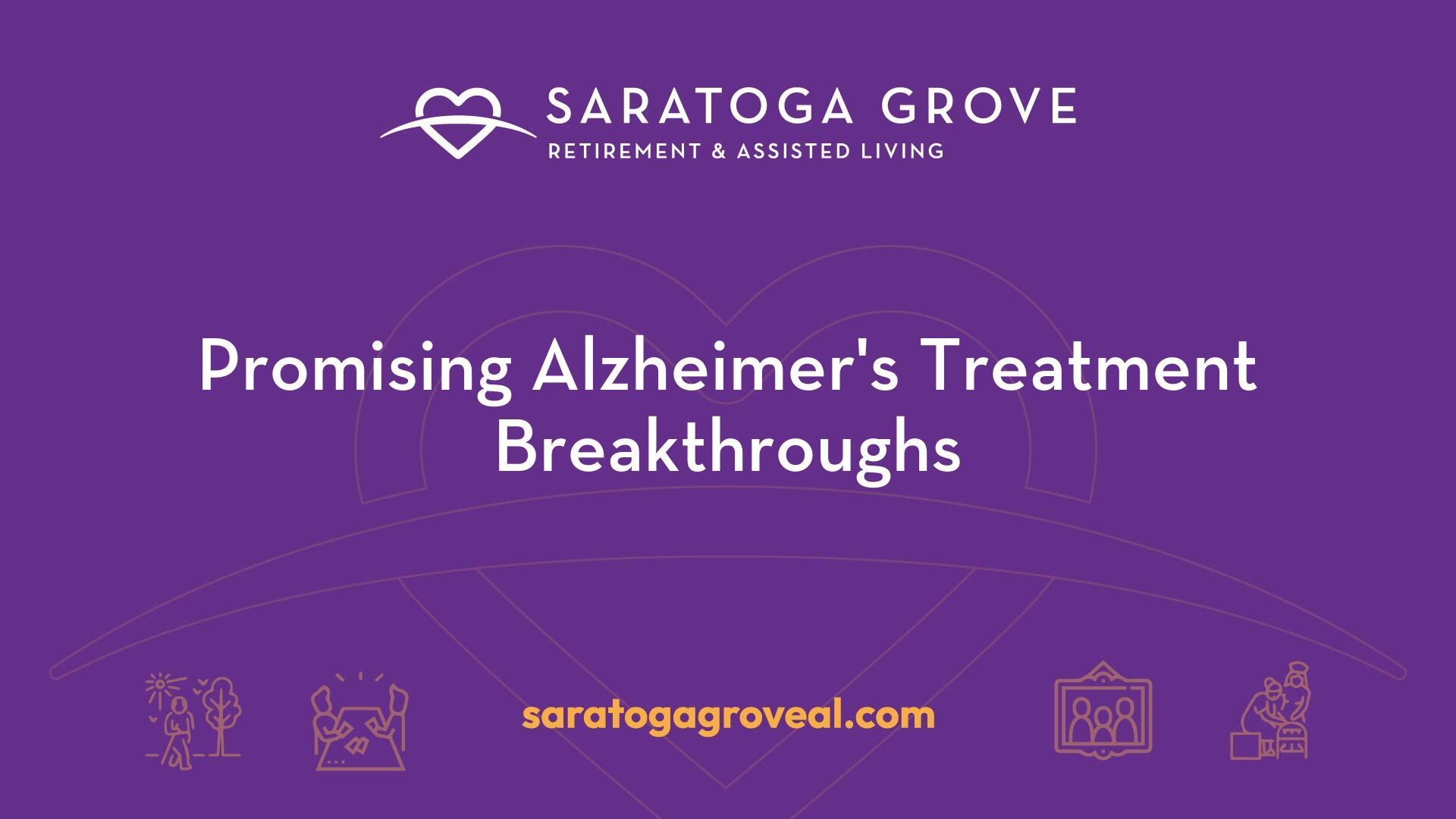
CDPAP vs. Home Care - What You Need to Know
March 30, 2025
Discover the truth about CDPAP vs. home care! Uncover the advantages, costs, and personalized care options. Choose what's best for you!
Understanding Home Care Options
When it comes to receiving care in the comfort of one's own home, there are various options to consider. Home care services encompass a range of support and assistance provided to individuals who require help with activities of daily living (ADLs) or medical care. Let's explore the overview of home care services and the differences between home care and home health care.
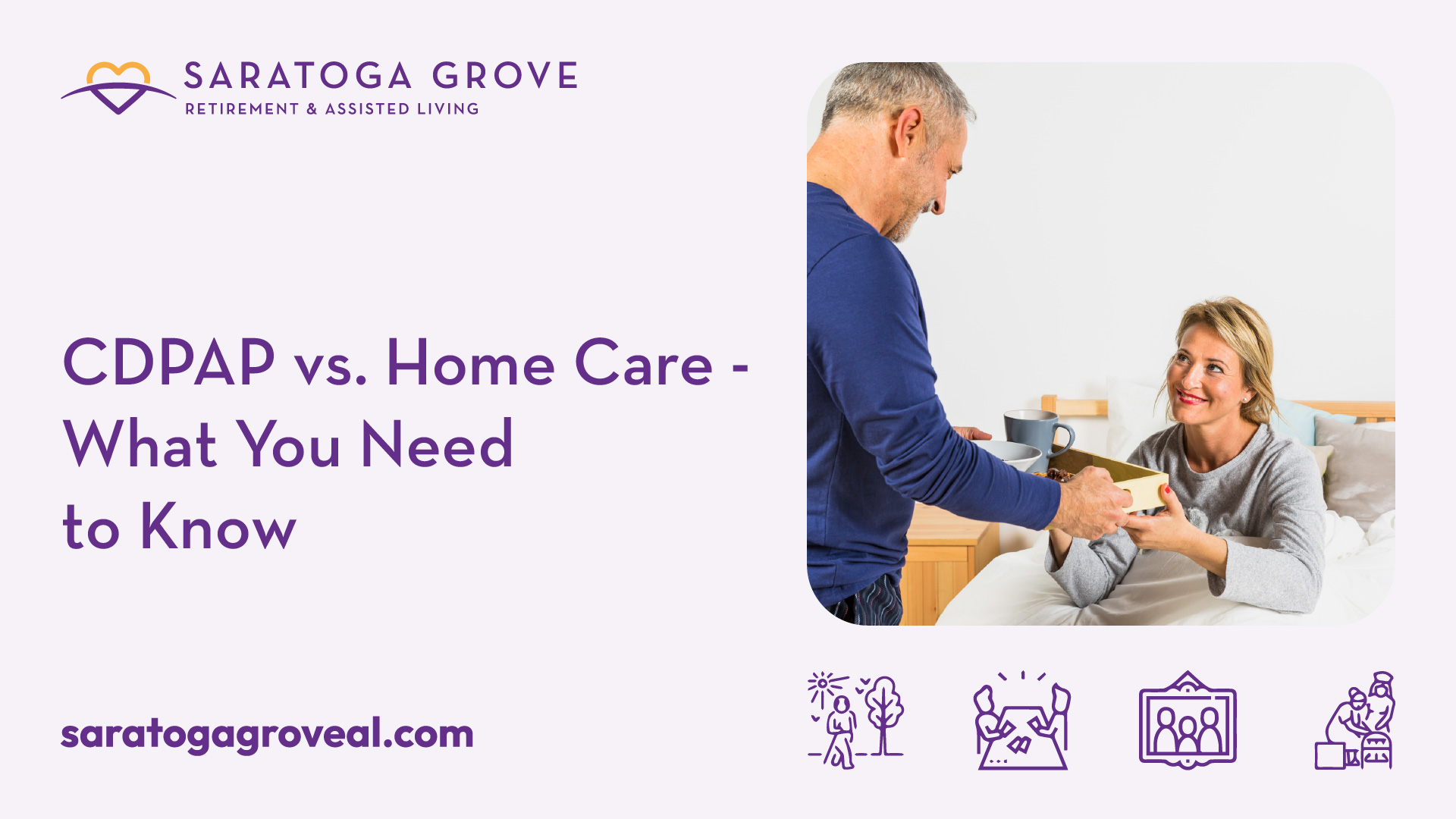
Home Care Services Overview
Home care services are designed to allow individuals to remain in the familiar surroundings of their own homes while receiving the necessary support. These services can include a wide range of tasks, such as bathing, grooming, meal preparation, medication management, transportation, and companionship. Skilled nursing care and therapy can also be provided based on individual needs.
Caregivers or home health aides who are trained to provide care visit the individual's home on a scheduled basis. They assist with various tasks, monitor the individual's health status, provide companionship, and communicate any concerns to healthcare professionals. This personalized approach ensures that individuals receive the specific care they need while maintaining their independence and comfort [1].
Differences Between Home Care and Home Health Care
While home care and home health care share similarities, there are distinct differences between the two. Home health care is a specialized form of home care that provides more medical-oriented services. It is particularly beneficial for individuals with chronic conditions such as cancer, heart disease, chronic obstructive pulmonary disease (COPD), and strokes. Home health care offers personalized medical care in the comfort of one's home, which can be more cost-effective compared to a hospital environment.
Home health care services go beyond assistance with ADLs and include skilled nursing care, therapy, and medical monitoring. This level of care is crucial for individuals who require constant medical attention and can aid in faster recovery. Being in a familiar environment with access to necessary technologies, services, and therapies contributes to a more comfortable healing process. Additionally, home health care provides individuals with more freedom and a sense of normalcy, as they can maintain their daily routines and experience minimal medical interruptions in their lives.
Understanding the differences between home care and home health care is crucial when considering the type of care that best suits an individual's needs. While home care focuses on providing assistance with daily activities, home health care offers a higher level of medical care for those with complex health conditions. Assessing individual requirements and consulting with healthcare professionals can help determine the most appropriate option for care. For a comprehensive analysis of the pros and cons of home care, visit our article on pros and cons of home care.
Exploring Home Health Care
Home health care provides numerous benefits for individuals who require medical care and assistance while remaining in the comfort of their own home. In this section, we will delve into the advantages of home health care and discuss the cost and coverage associated with this type of care.
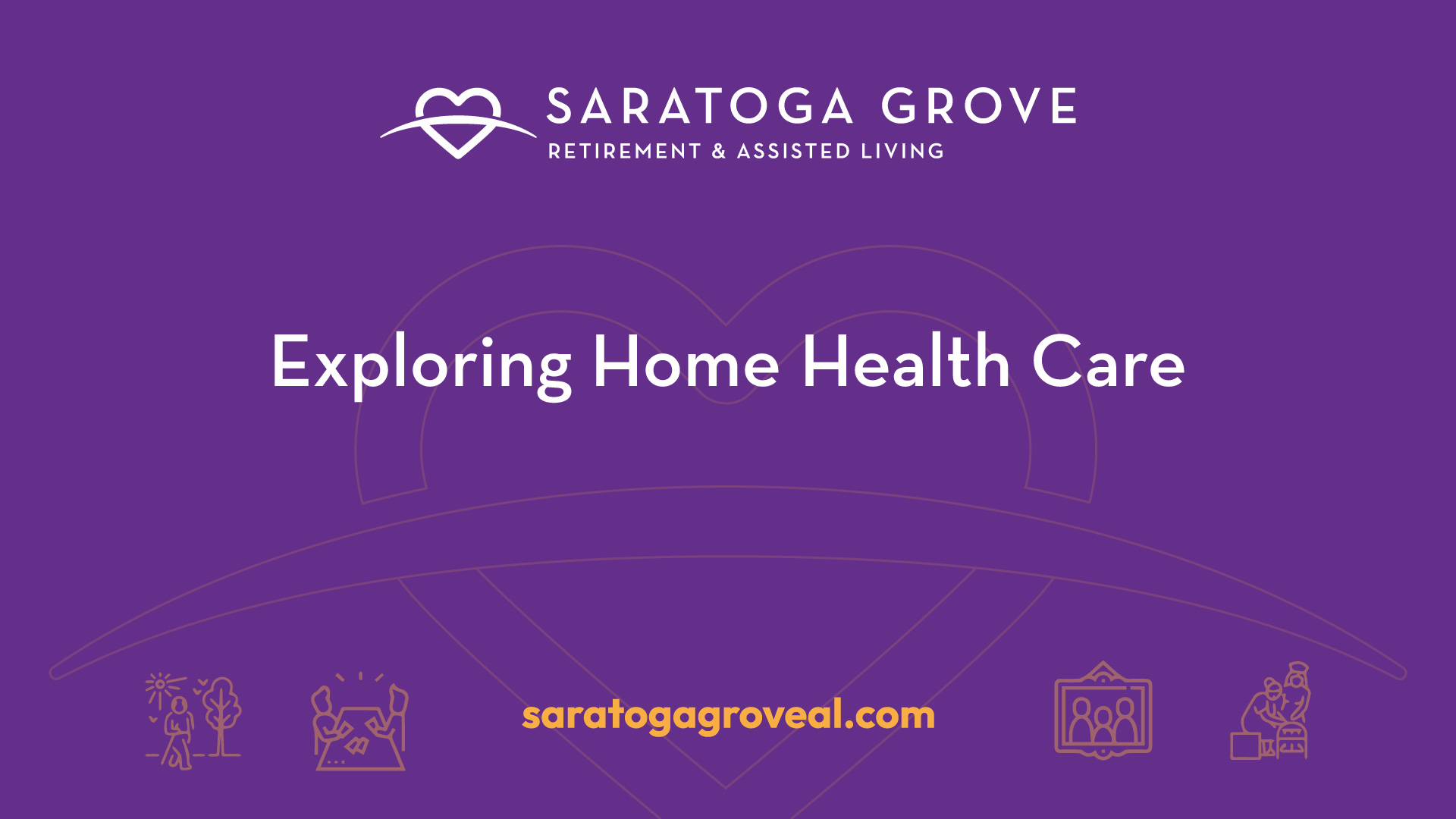
Benefits of Home Health Care
Home health care offers several advantages that contribute to improved overall well-being and quality of life. Here are some key benefits:
- Cost-Effectiveness: Home health care can be cost-effective and convenient, reducing medical expenses by eliminating the need for hospital stays or long-term facility care. It also eliminates travel time and expenses associated with commuting to healthcare facilities.
- Improved Health Outcomes: By receiving care in their own home, individuals are exposed to fewer risks of infections and complications that can arise in hospital or facility settings. Home health care provides specialized care and therapy tailored to individual needs, promoting faster recovery and rehabilitation [3].
- Preservation of Independence: Home health care enhances independence and quality of life by enabling individuals to maintain a sense of independence, preserve their daily routines, and continue with established activities. This minimizes disruption to their daily lives and promotes a higher level of satisfaction and well-being [3].
- Personalized Care and Comfort: Home health care provides personalized care and comfort to individuals, allowing them to receive individualized attention and support in the familiar environment of their own home. Care is tailored to their specific needs and preferences, promoting a higher level of satisfaction and well-being.
- Family Involvement and Support: Home health care involves families in the care process, reducing caregiver stress and providing reassurance that their loved ones are receiving necessary care and support. This offers support and peace of mind for families [3].
Cost and Coverage of Home Health Care
The cost of home health care can vary depending on the specific services required, the location, and the duration of care. It is important to note that home health care services may be covered by Medicare, Medicaid, or private health insurance plans. Coverage typically includes services such as skilled nursing care, physical therapy, occupational therapy, speech therapy, and medical social services.
To determine the coverage and potential out-of-pocket expenses for home health care, it is advisable to consult with the individual's insurance provider and review the specific terms and conditions of the policy. This will help ensure that the necessary services are covered and that there is a clear understanding of any associated costs.
When considering home health care as an option, it is essential to weigh the benefits against the specific needs and circumstances of the individual. Discussing the options with healthcare professionals and exploring the available resources will help in making an informed decision regarding the most suitable care arrangement.
In the next section, we will compare home health care to other care options, such as assisted living, to provide a comprehensive understanding of the available choices for individuals requiring care and support.
Consumer Directed Personal Assistance Program (CDPAP)
The Consumer Directed Personal Assistance Program (CDPAP) is a Medicaid program that provides individuals with greater control and decision-making power over their care. With CDPAP, care recipients have the ability to select, train, and supervise their own caregivers, who can be friends, family members, or trusted individuals [4]. This program offers several advantages over traditional home care, providing a more personalized and flexible approach to caregiving.
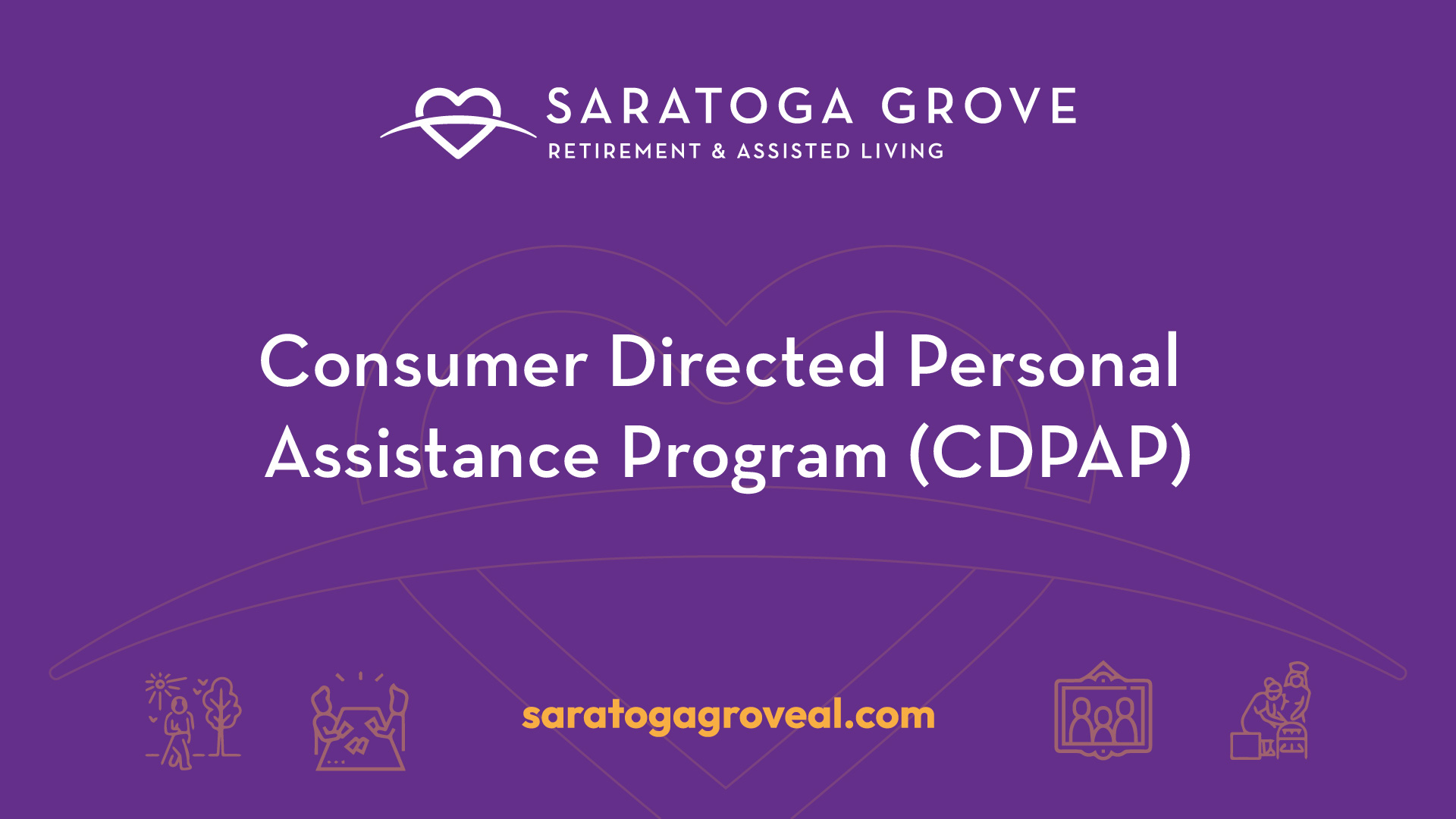
CDPAP Program Details
CDPAP allows care recipients to choose their own caregivers, which can include family members or close friends. This aspect of the program ensures that the care recipient receives support from someone they trust and have a strong relationship with, enhancing the overall care experience and building a stronger support system. By involving trusted individuals in the caregiving process, the care recipient can benefit from the care and support of someone who understands their unique needs and preferences.
One of the key features of CDPAP is the active involvement of family members. With CDPAP, family members can actively participate in the caregiving process, providing a sense of empowerment and reassurance. This involvement helps maintain familial bonds and strengthens the overall support network for the care recipient. The ability to choose family members or close friends as caregivers fosters a deeper sense of care and understanding, which can greatly enhance the well-being of the care recipient.
Advantages of CDPAP Over Traditional Home Care
CDPAP offers a range of advantages over traditional home care services. Here are some key benefits:
- Flexibility in scheduling and services: CDPAP provides care recipients and their families with the flexibility to determine the schedule that best suits their needs. This level of flexibility allows for customization and adaptability in care services, ensuring that the care recipient's specific needs are met [4].
- Enhanced control and independence: With CDPAP, care recipients have a significant level of control and independence in managing their own care. They have the opportunity to actively participate in the development of their care plan and make decisions that align with their personal preferences and needs. This empowerment can have a positive impact on the care recipient's overall well-being.
- Personalized care experience: CDPAP allows care recipients to choose their own caregivers, providing a more personalized care experience. By selecting caregivers who have a close relationship with the care recipient, CDPAP promotes a higher level of trust, understanding, and empathy. This personalized approach can significantly enhance the quality of care provided.
CDPAP offers a unique approach to home care, empowering care recipients and their families to actively participate in the caregiving process. This program provides greater flexibility, control, and personalization, ensuring that the care recipient's specific needs and preferences are met. When considering home care options, it is important to explore the benefits and advantages of CDPAP in order to make an informed decision.
Factors to Consider
When deciding between CDPAP and traditional home care, there are several key factors to consider. These factors can help you determine which option aligns best with your needs and preferences. Two important considerations are control and flexibility, as well as the eligibility and application process.
Control and Flexibility
One of the significant advantages of CDPAP (Consumer Directed Personal Assistance Program) over traditional home care is the level of control and flexibility it provides. CDPAP allows care recipients to choose their own caregivers, who can be family members or close friends, ensuring that the care recipient receives support from someone they trust and have a strong relationship with. This aspect enhances the overall care experience and builds a stronger support system. Family involvement and control are also key benefits of CDPAP. It allows family members to actively participate in the caregiving process, providing a sense of empowerment and reassurance. This involvement helps maintain familial bonds and strengthens the overall support network [4].
In contrast, traditional home care typically involves assigning caregivers from an agency or service provider. While these caregivers are trained professionals, they may not have the same personal connection or familiarity as a family member or close friend. CDPAP allows for more personalized care and the ability to choose a caregiver who understands the care recipient's unique needs and preferences.
Eligibility and Application Process
Another factor to consider when comparing CDPAP and traditional home care is the eligibility and application process. CDPAP is a Medicaid program, which means that individuals must meet certain eligibility criteria to qualify. These criteria vary by state, and it's important to check with your local Medicaid office to determine if you meet the requirements. Additionally, the application process for CDPAP may involve completing forms, providing documentation, and potentially undergoing an assessment to determine the level of care needed.
On the other hand, traditional home care services are often available to a wider range of individuals, regardless of their Medicaid eligibility. These services can be accessed through home care agencies or service providers. The application process typically involves contacting the agency or provider, discussing your needs, and scheduling an assessment to determine the appropriate level of care.
It's essential to weigh the eligibility requirements and application process when making a decision between CDPAP and traditional home care. Consider your specific situation, financial resources, and whether you meet the necessary criteria for CDPAP. If you're unsure about eligibility or the application process, reach out to your local Medicaid office or a trusted healthcare professional for guidance.
By considering the level of control and flexibility offered by CDPAP and evaluating your eligibility and the application process, you can make an informed decision about which home care option is most suitable for you or your loved one. For a broader perspective, you can also compare the pros and cons of home care in general by referring to our article on pros and cons of home care.
Comparison: CDPAP vs. Home Care
When considering care options, it's essential to compare the Consumer Directed Personal Assistance Program (CDPAP) with traditional home care to determine which best meets your needs. Let's explore the key factors to consider: cost-effectiveness and personalized care and independence.
Cost-Effectiveness Analysis
Cost is often a significant consideration when choosing between CDPAP and traditional home care. CDPAP is a Medicaid program that allows individuals to have more control and decision-making power over their care, including selecting, training, and supervising their own caregivers [4]. Since CDPAP enables care recipients to choose their own caregivers, who can be family members or close friends, it can often be a more cost-effective option when compared to traditional home care services that may involve hiring professional caregivers.
By selecting a caregiver from your personal network, CDPAP eliminates the need to pay for agency fees and markups, potentially reducing the overall cost of care. This can be particularly advantageous for individuals with a strong support system who prefer the involvement of trusted family members or close friends in their care.
However, it's important to note that the specific cost savings will vary depending on factors such as location, the level of care required, and the caregiver's relationship to the care recipient. It is recommended to research and compare costs in your specific area to make an informed decision.
Personalized Care and Independence
One of the significant advantages of CDPAP over traditional home care is the level of personalized care and independence it offers. CDPAP allows care recipients to choose their own caregivers, often family members or close friends, creating a care dynamic built on trust and strong relationships. This level of involvement and control can enhance the care experience, as care recipients are supported by someone they know and trust.
CDPAP also encourages family involvement, allowing family members to actively participate in the caregiving process. This involvement provides a sense of empowerment and reassurance, helping maintain familial bonds and strengthening the overall support network.
Furthermore, CDPAP provides flexibility in scheduling and services, allowing care recipients and their families to determine the schedule that best suits their needs and tailor services to specific requirements. This adaptability and customization in care can lead to a more personalized and fulfilling care experience.
Emphasizing control and independence, CDPAP enables care recipients to actively participate in their care plan, maintaining their independence, and making decisions that align with their personal preferences and needs. This level of involvement can contribute to a greater sense of autonomy and overall satisfaction.
When comparing CDPAP to traditional home care, considering the benefits of personalized care and the ability to maintain independence can help individuals make an informed decision based on their specific care needs and priorities.
In conclusion, while cost-effectiveness and personalized care are essential factors to consider, it's important to evaluate the pros and cons of both CDPAP and traditional home care based on your unique circumstances. By understanding the differences between these options, you can make an informed choice that aligns with your care goals and preferences.
Home Care vs. Assisted Living
When considering long-term care options, two common choices are home care and assisted living. Home care provides the benefit of allowing individuals to stay in their own homes, surrounded by their possessions, pets, and familiar environment, offering a sense of independence and comfort. This can be a preferable option for some individuals over moving to assisted living facilities or nursing homes [5].
Benefits of Home Care
Home care offers several advantages that make it an attractive option for many individuals. Some of the key benefits include:
- Independence and Familiarity: Home care allows individuals to maintain their independence and stay in the comfort of their own homes. Being surrounded by familiar surroundings, possessions, and loved ones can have a positive impact on their overall well-being.
- Cost-Effectiveness: Home health care can be cost-effective and convenient. It eliminates the need for hospital stays or long-term facility care, reducing medical expenses. Additionally, it eliminates travel time and expenses associated with commuting to healthcare facilities, making it a more affordable option [3].
- Personalized Care: Home health care provides personalized care and comfort. Caregivers can tailor their services to meet the specific needs and preferences of the individual, offering individualized attention and support. This promotes a higher level of satisfaction and well-being [3].
- Continuity and Routine: Home health care allows individuals to maintain their daily routines and continue with established activities. This minimizes disruption to their daily lives and can contribute to a sense of stability and normalcy.
- Family Involvement: Home health care involves families in the care process. Caregivers work closely with the family to ensure the individual's needs are met, reducing caregiver stress and providing reassurance that their loved ones are receiving necessary care and support. This offers support and peace of mind for families [3].
Drawbacks of Assisted Living
While assisted living facilities have their advantages, there are some drawbacks to consider. Some of the potential drawbacks include:
- Loss of Independence: Moving to an assisted living facility may involve a loss of independence for some individuals. They may have less control over their daily routines and decision-making processes compared to home care.
- Adjustment Period: Transitioning to an assisted living facility can be a significant change, which may require an adjustment period. It may take time for individuals to adapt to a new environment and establish a sense of familiarity and comfort.
- Limited Personal Space: Assisted living facilities often provide individual rooms or apartments, but the personal space may be smaller compared to a person's own home. This reduction in space can impact an individual's sense of privacy and freedom.
- Less Familiarity: Moving to an assisted living facility means leaving behind the familiar surroundings of one's own home. This change can be challenging for some individuals, particularly if they have strong emotional attachments to their home and neighborhood.
- Limited Control: In an assisted living facility, individuals may have less control over their daily lives and the services they receive. While assistance is provided, the level of personalization and flexibility may be more limited compared to home care.
When deciding between home care and assisted living, it's important to weigh the benefits and drawbacks of each option. Consider the individual's preferences, needs, and level of independence to make an informed choice that suits their unique circumstances. For more information on the pros and cons of home care, be sure to check out our article on pros and cons of home care.
References
[1]: https://heritage-rc.com/resources/cdpap-vs-home-care
[2]: https://angelhomehealthcare.com/4-reasons-to-choose-home-health-care-over-a-hospital-environment/






































































